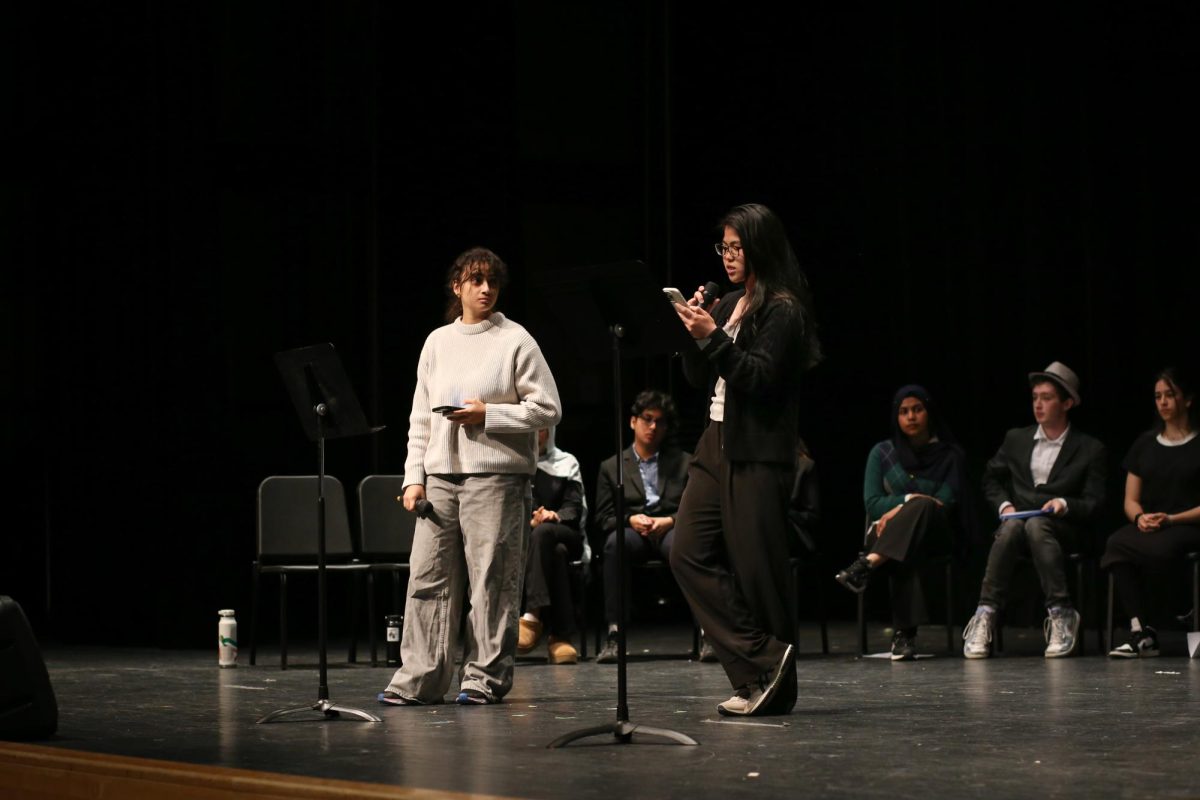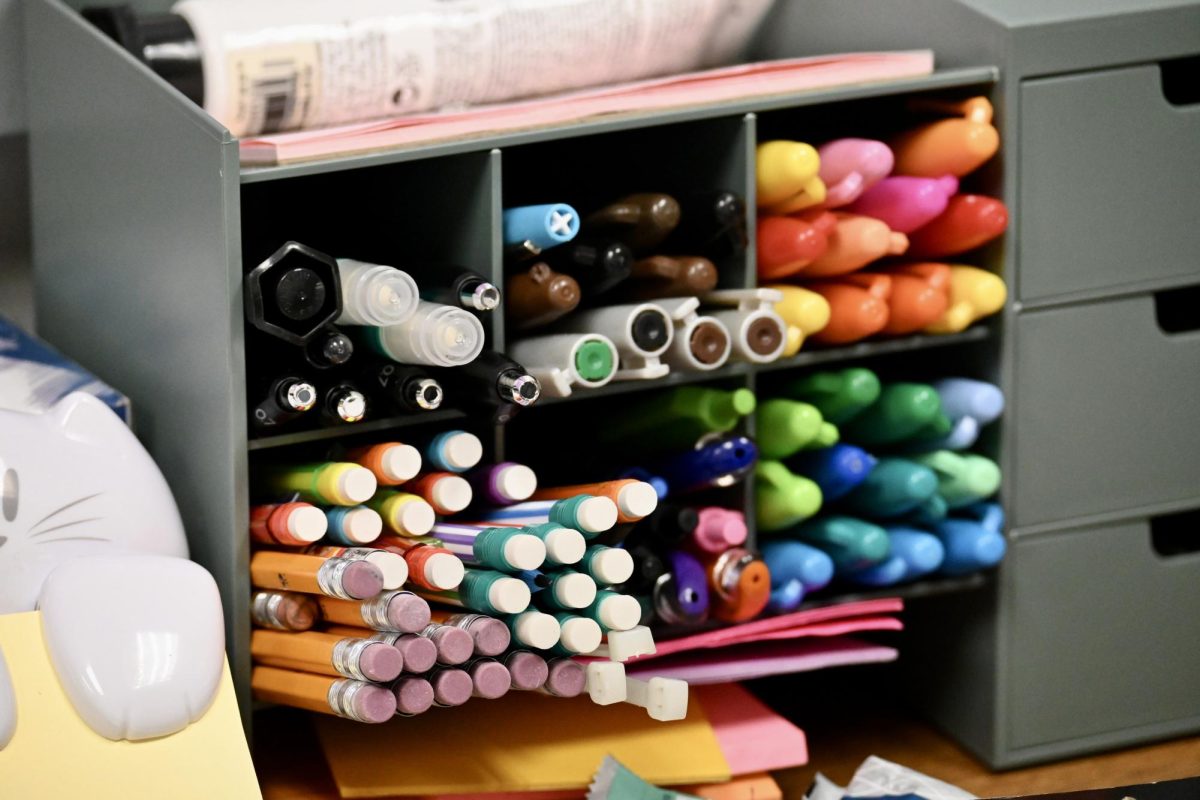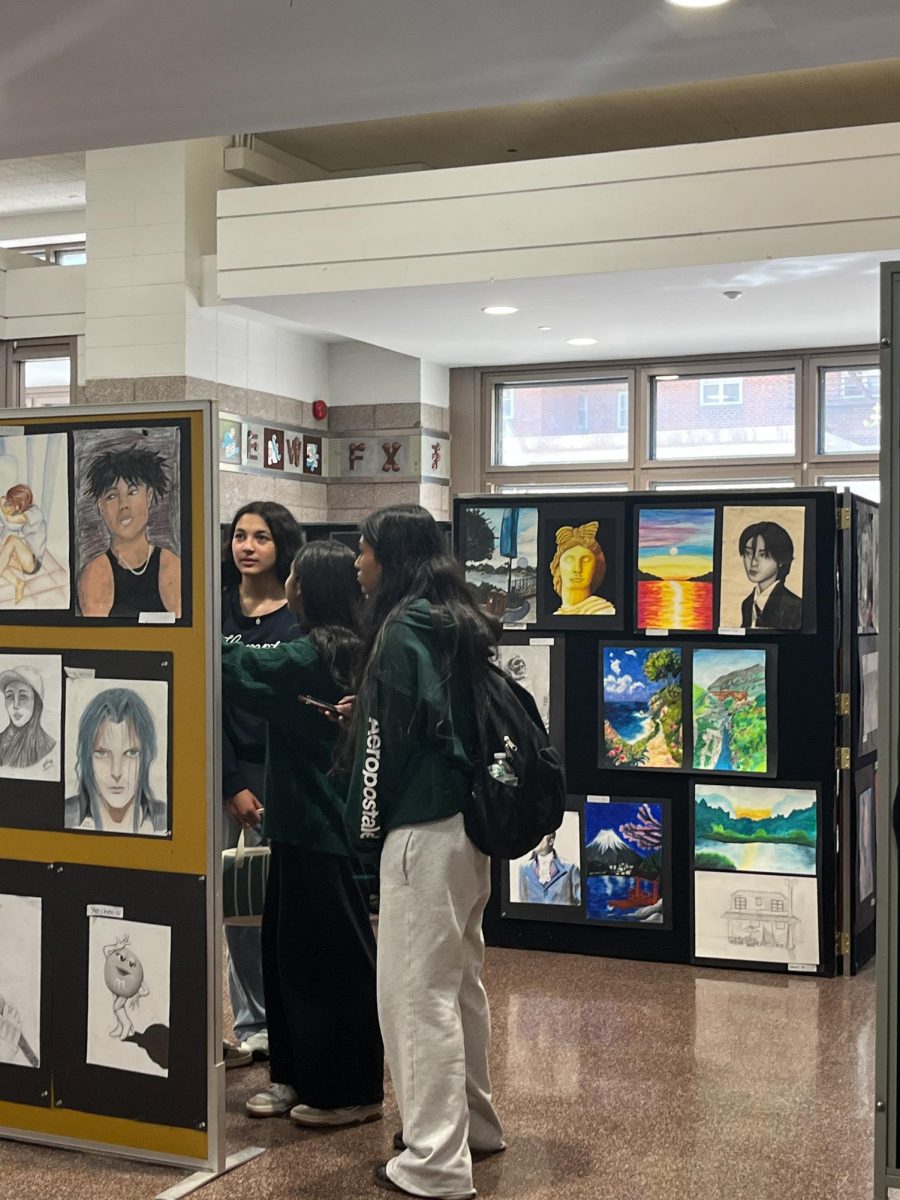
The world-famous Museum of Modern Art (MoMA) opened its doors late last year after undergoing a $450 million renovation and expansion. With a collection of nearly 200,000 works, the MoMA now displays more art from a more diverse group of artists. Though the MoMA is temporarily closed due to the coronavirus outbreak, over 84,000 pieces are available online.
When most people visit an art museum, they expect to see paintings or sculptures realistically depicting people and landscapes. People continue to refer to Leonardo da Vinci’s Mona Lisa and Michelangelo’s sculpture David for doing just this.
Even after its renovation, the MoMA, located in midtown Manhattan, still displays classic works with a modern flair and twist. For instance, Starry Night (1889) by Vincent Van Gogh shows a nighttime landscape with the wind, moon, and stars. Because the painting is composed of thousands of smooth, short, wavy lines, it looks vibrant and alive. Not only can you see these works online on the MoMA’s homepage, but you can also listen to free audio commentary from the curators.
But the MoMA also has many pieces focusing on unusual subject matters. For example, American People Series # 20: Die (1967), an oil painting by African-American artist Faith Ringgold, shows a bloody riot between cartoonish Blacks and Whites wearing stylish clothing and was meant to show that people of all classes can participate in violence. On the MoMA homepage, Ringgold herself gives audio commentary on why she created this painting.
The MoMA also has works that don’t look like art until the second glance. The Mine Kafon Wind-Powered Deminer (2011) by Massoud Hassani, an Afghanistan-born designer, is a spherical ball composed of over 100 bamboo sticks, each with a thick biodegradable plastic plate attached to the end. The deminer is rolled across a field to detonate hidden mines as the plastic plates roll over them.
The MoMA also has several fascinating interactive exhibits. Rainforest V (variation 1) (1973–2015) – created by American composer David Tudor and a group called Composers Inside Electronics – is a collection of 20 sculptures made of a metal barrel, computer discs, frames, and other ordinary objects. Each sculpture has a small speaker to convey sounds of chirps, croaks, and moans which come together to create a rainforest sensation. These surreal and sometimes frightening sounds are on MoMA’s homepage.
In another interactive exhibit called Handles (2019), Korean-born artist Haegue Yang created large movable sculptures made of thousands of small metal bells surrounded by beautiful, geometric shapes with rainbow colors. As the sculptures are moved, they make a shimmering sound.
The MoMA renovation could overload your senses because various mediums of art, from sculptures to video screens to paintings, are placed next to each other. It is nearly impossible to get bored. The MoMA’s homepage has an even greater selection, displaying 2,413 paintings, 1,605 sculptures, 2,258 videos, 10,037 design works, and 2,518 product design works.
Even after viewing these works online, make sure to visit the MoMA in person once it opens to the public again. For everyone 16 and younger, admission is free. Older students pay $14 with a school ID card. If you are on a budget, admission to the MoMA is free for everyone on Fridays from 5:30 pm – 9:00 pm.



























